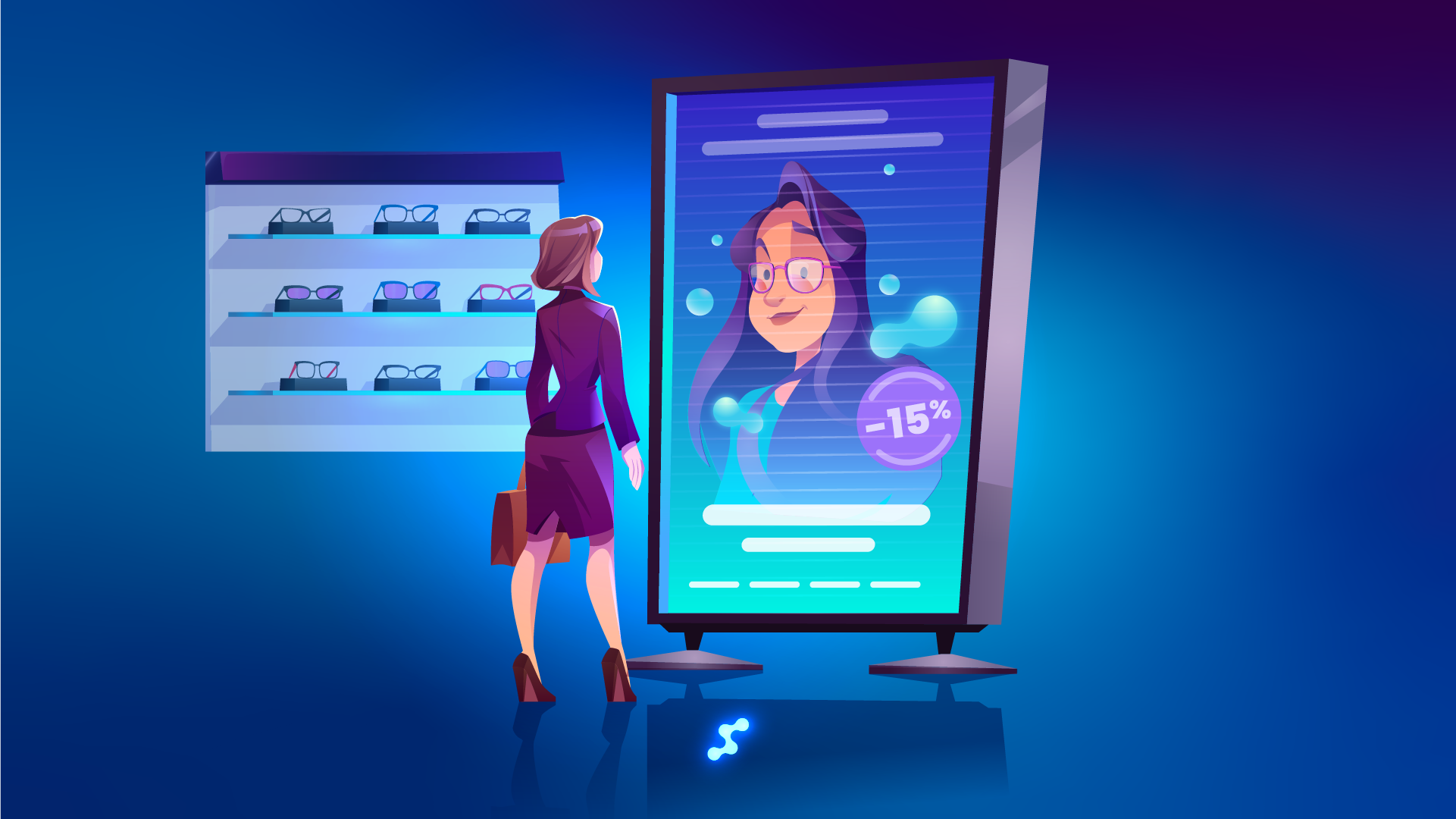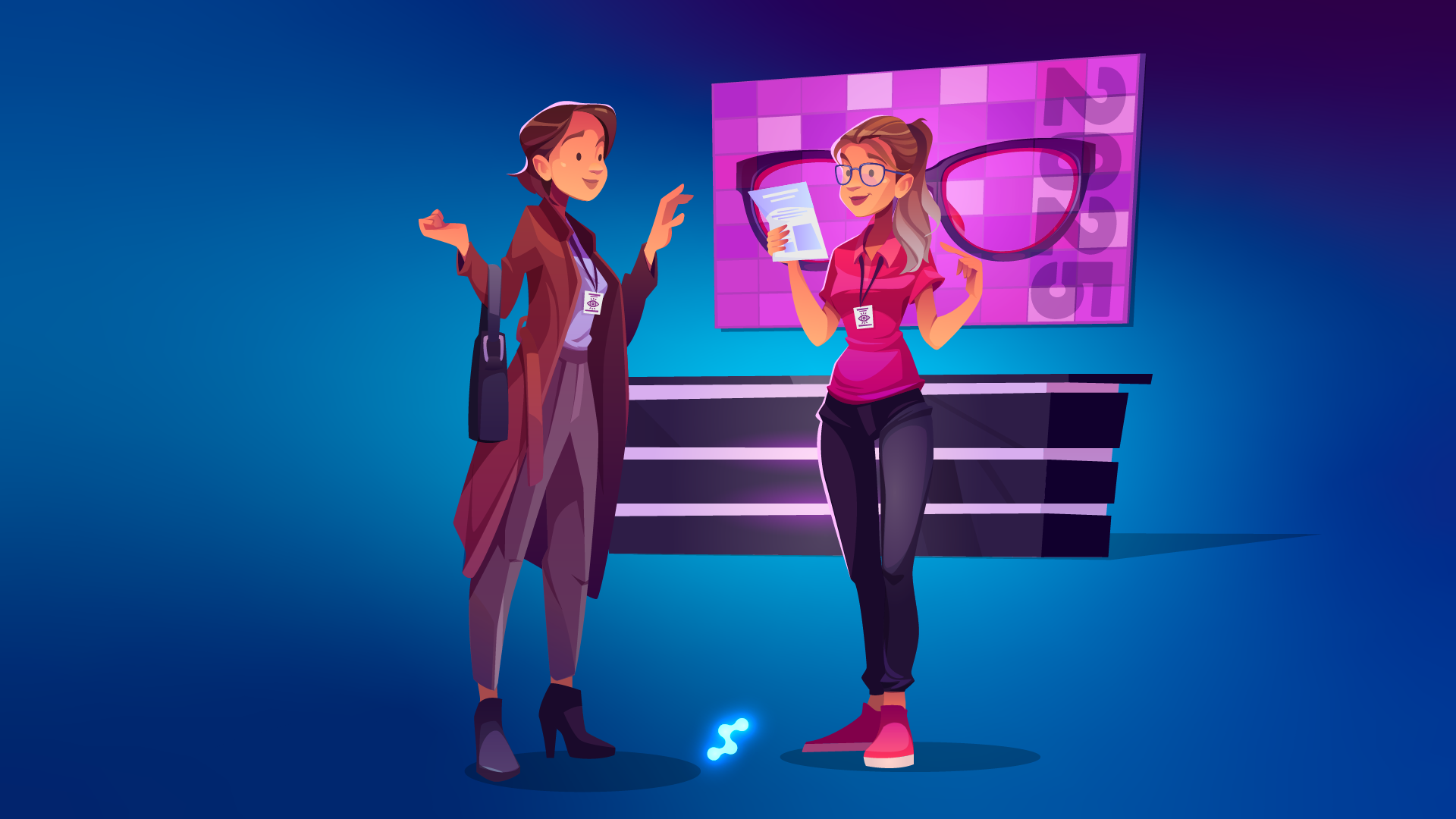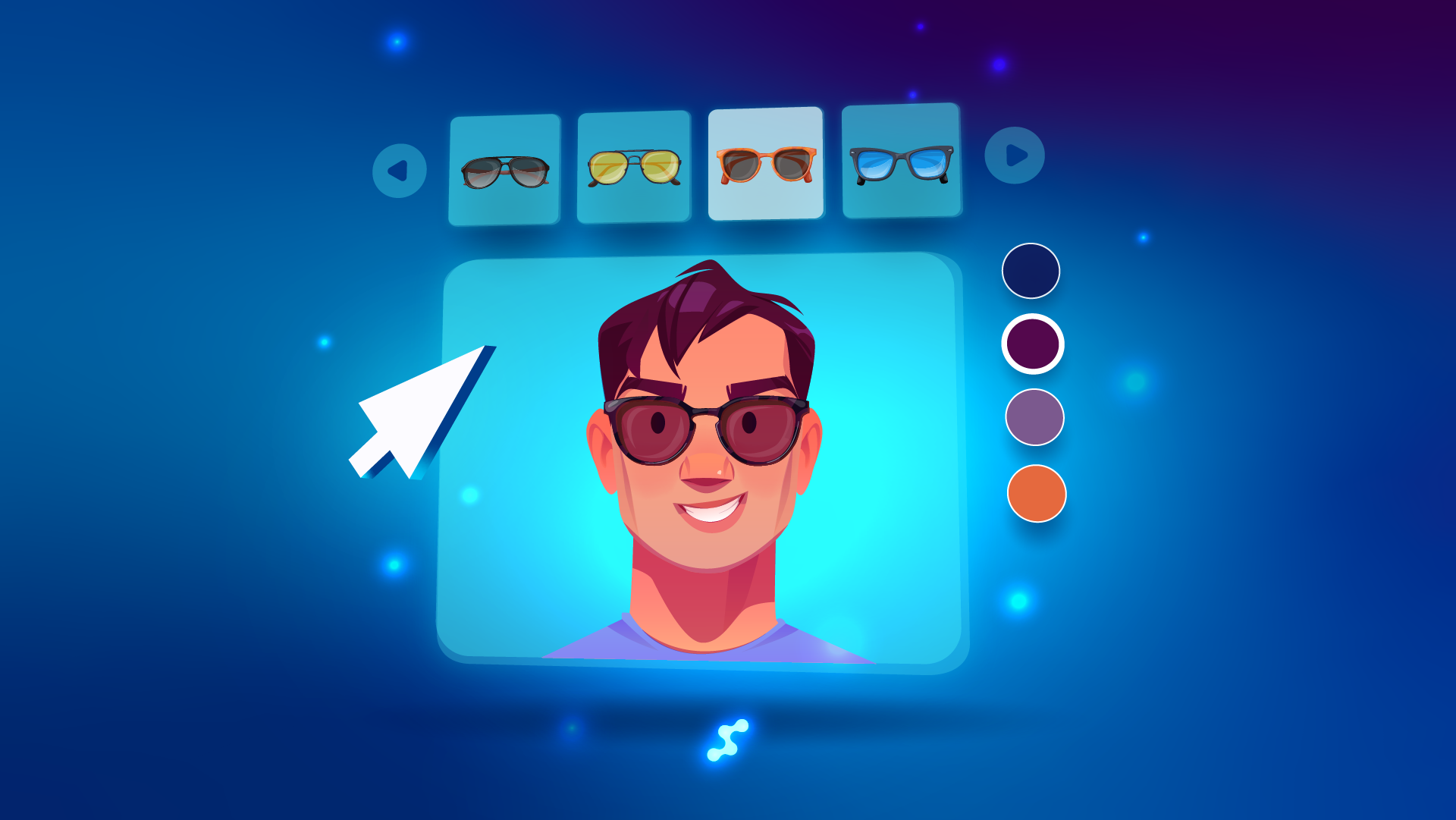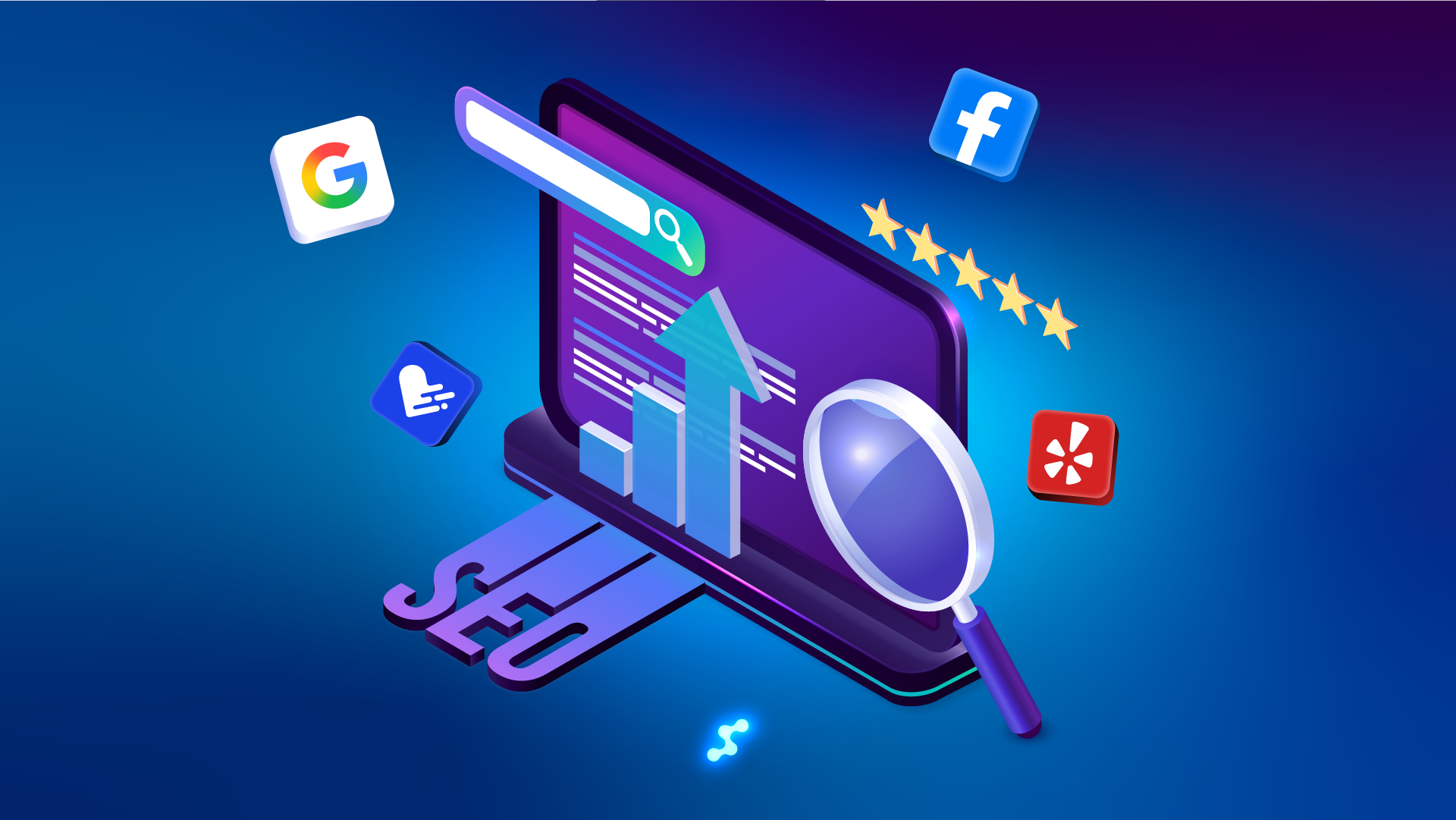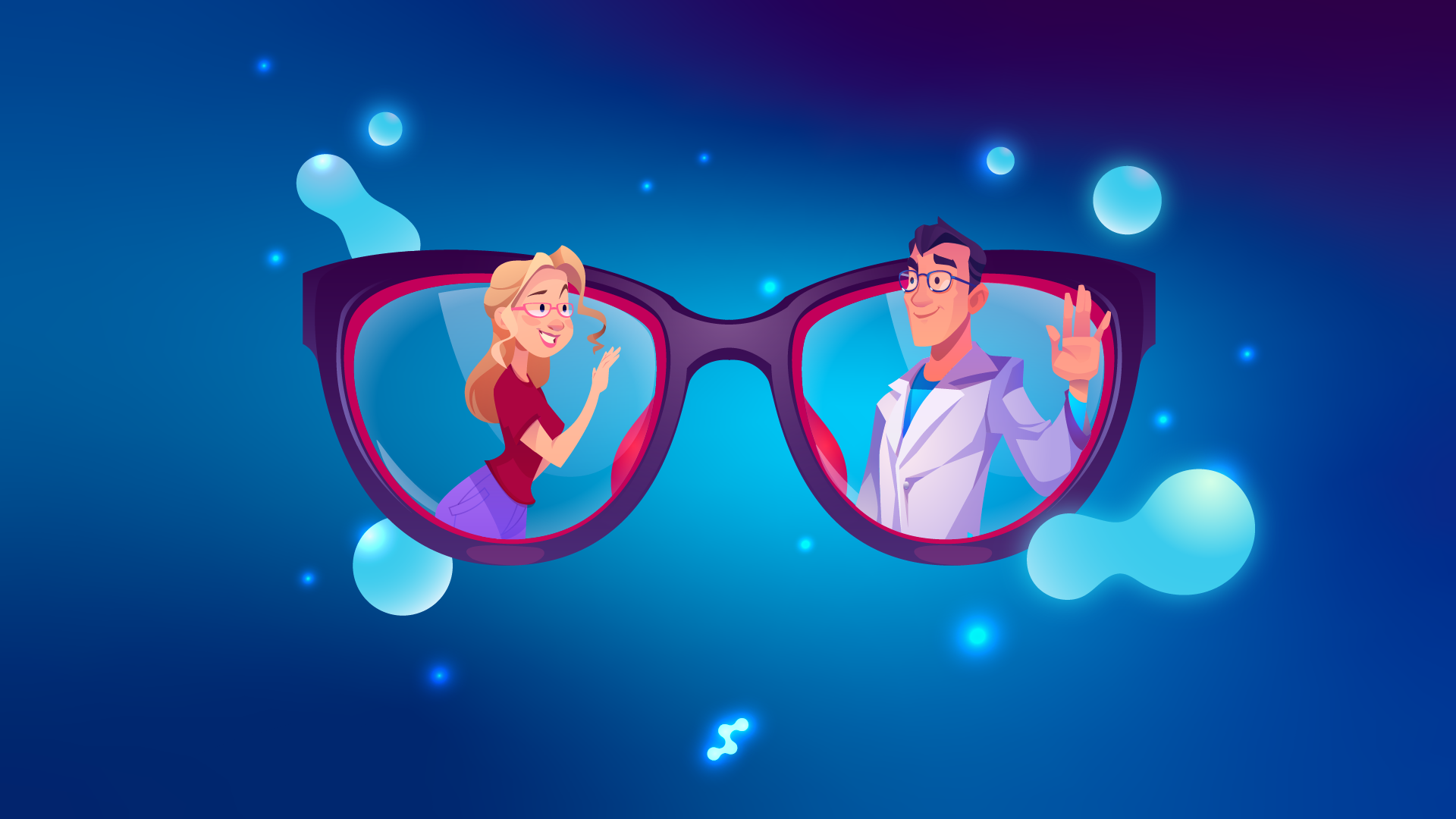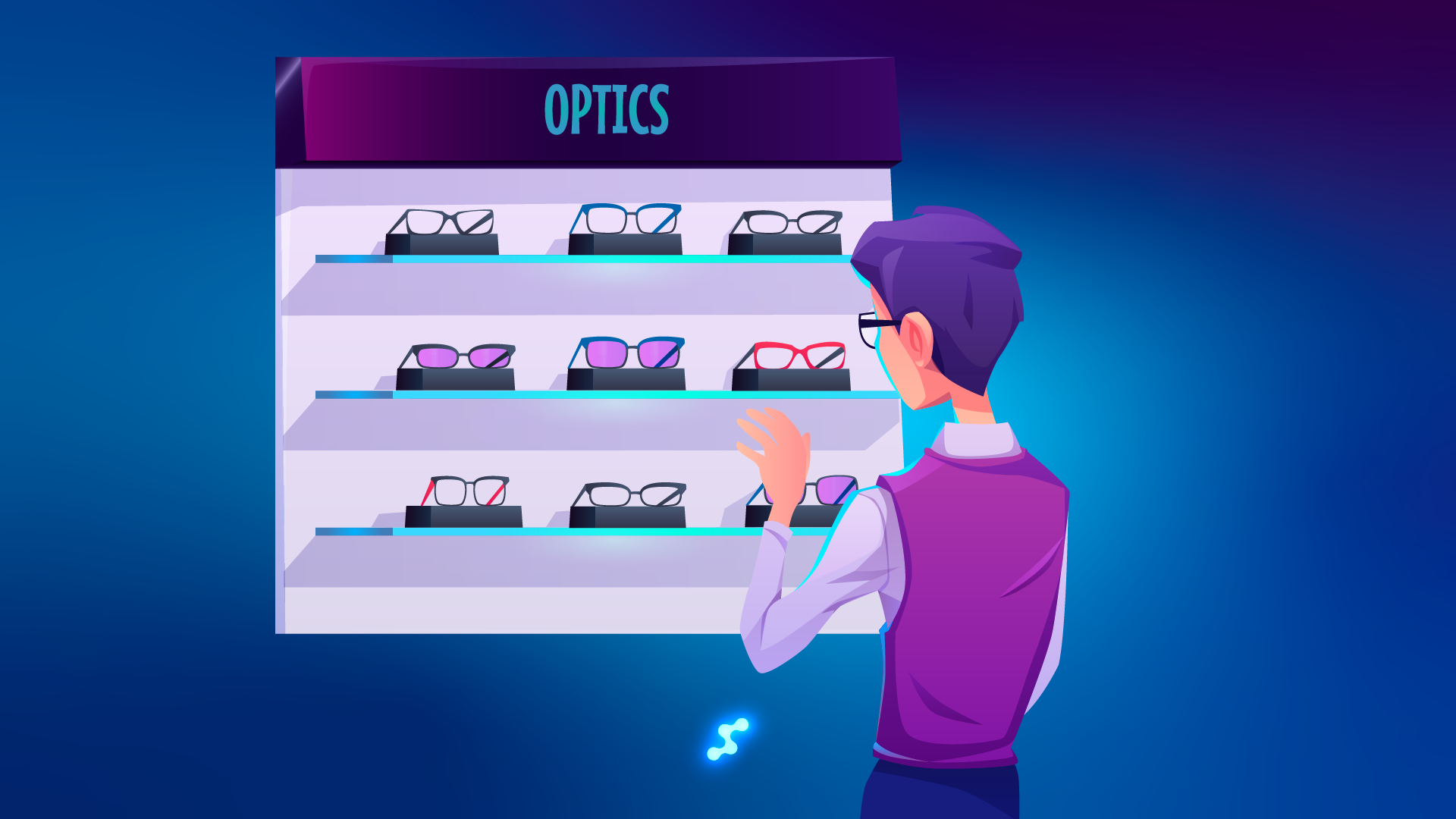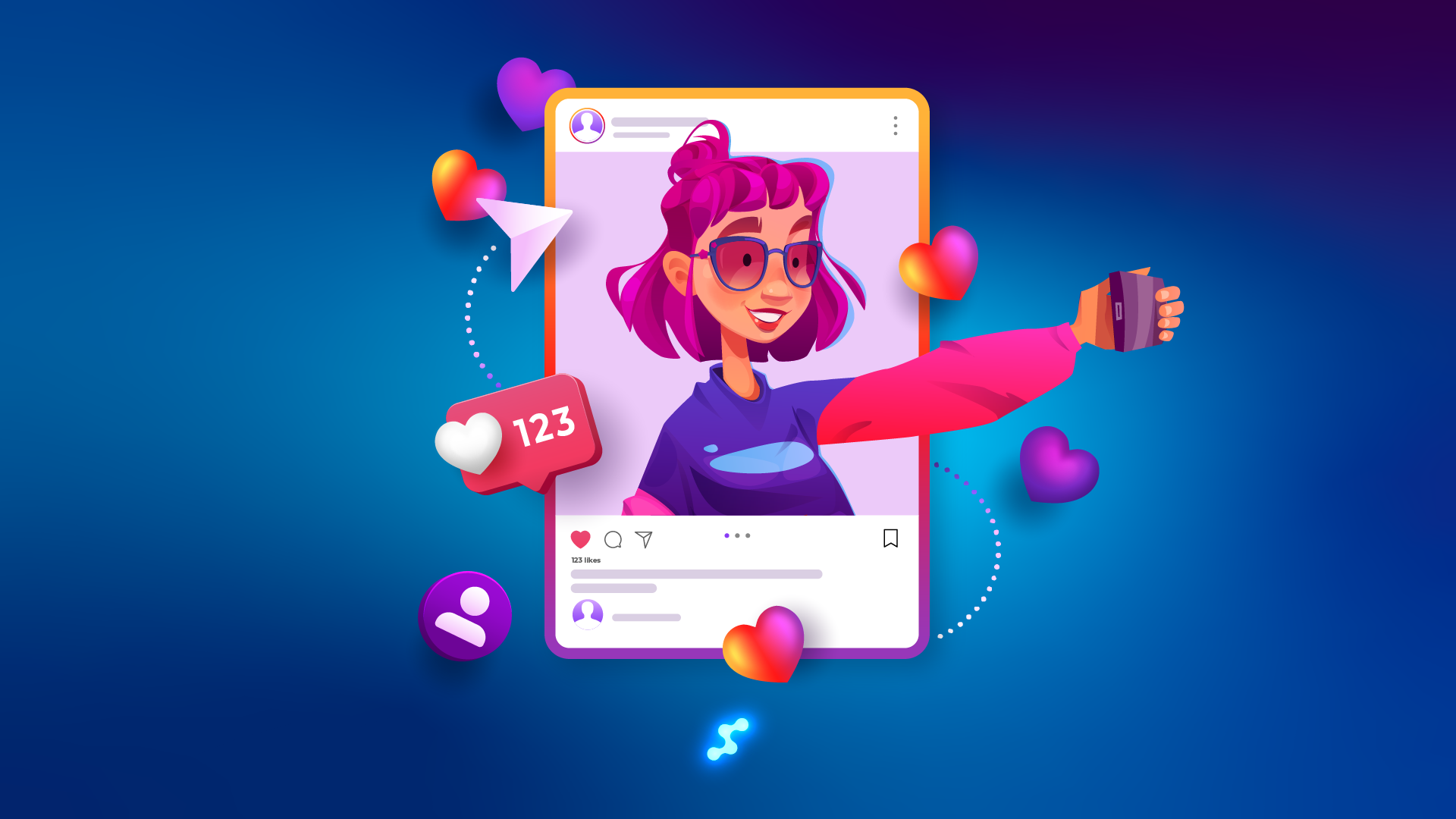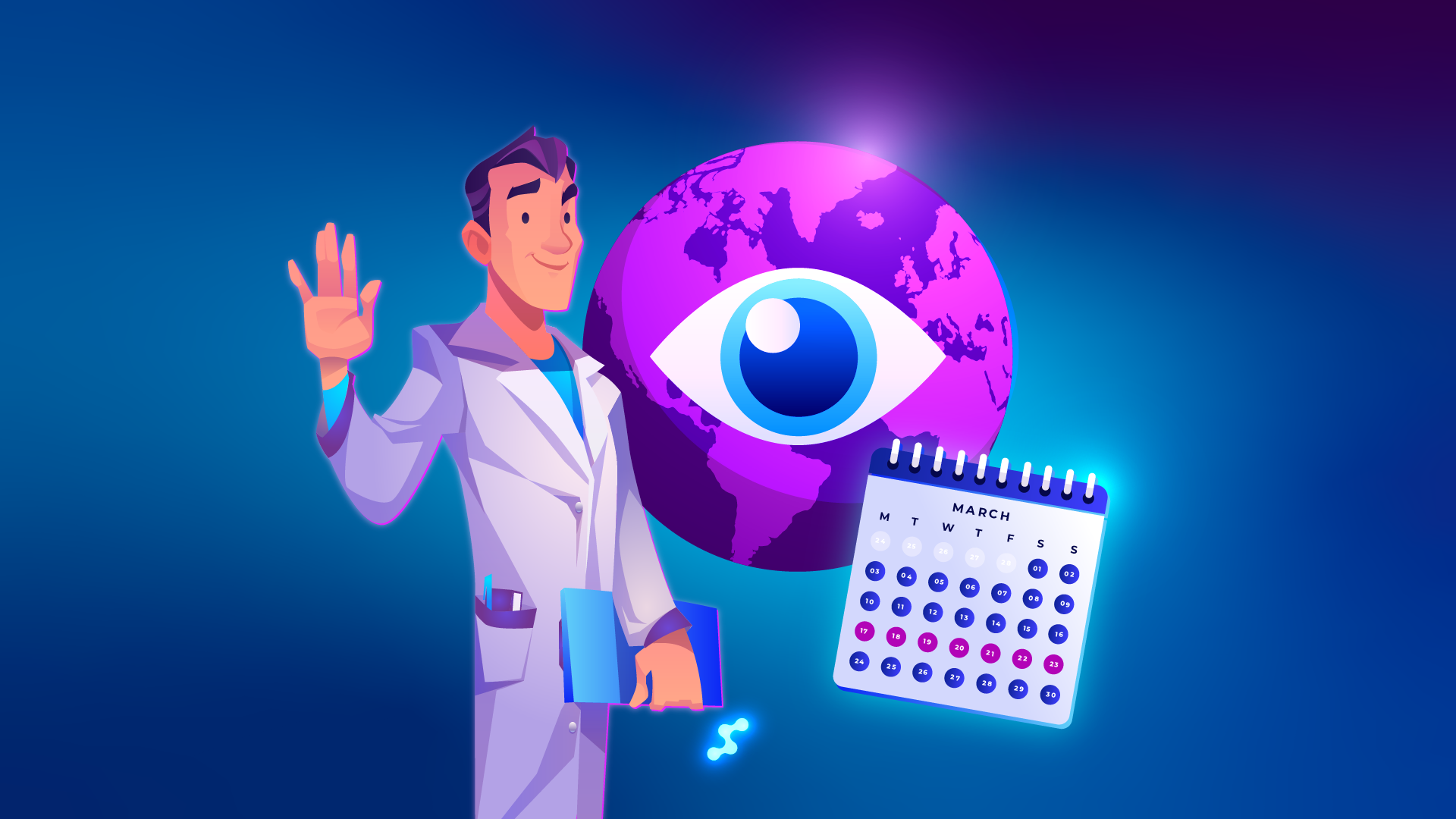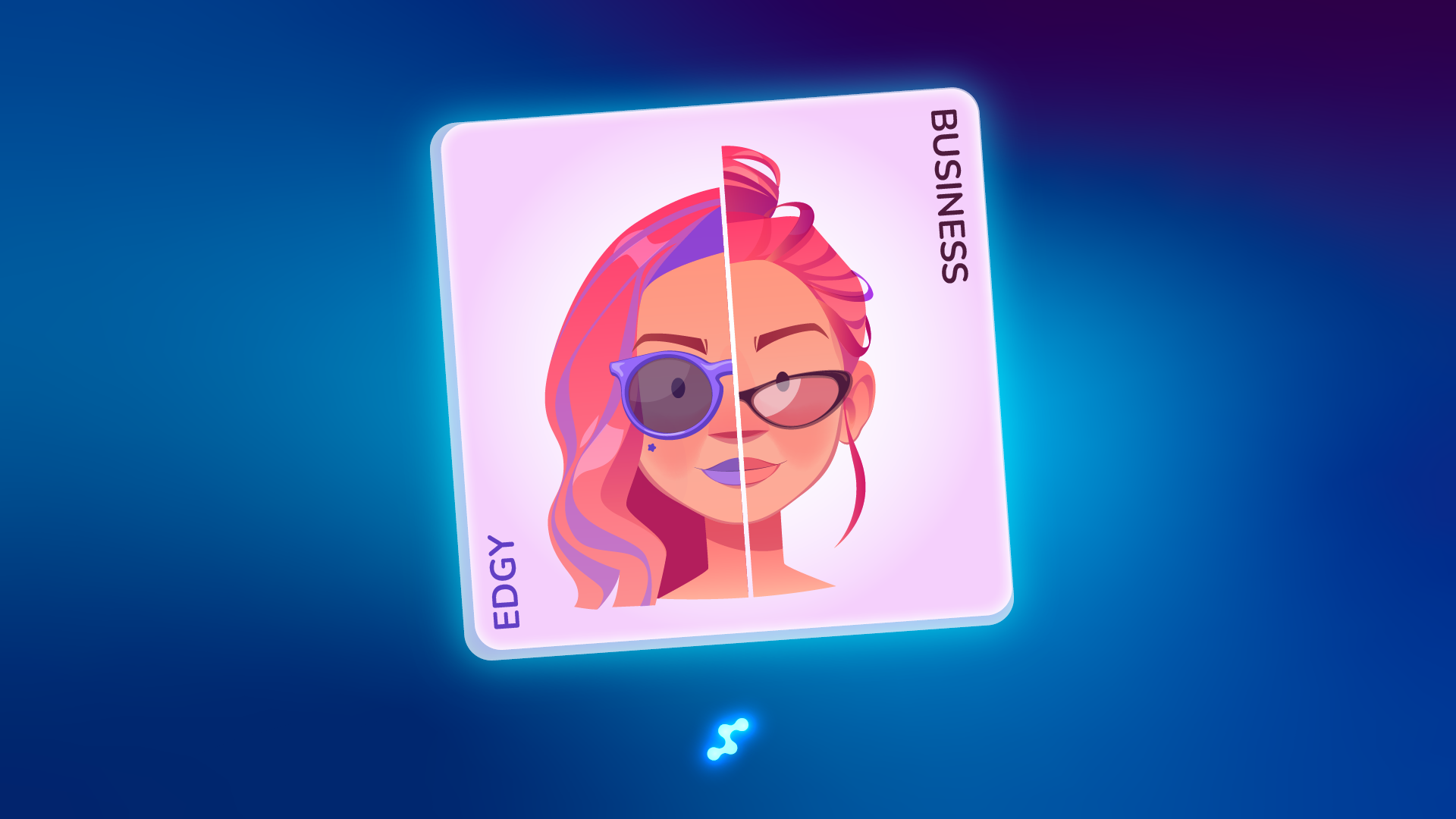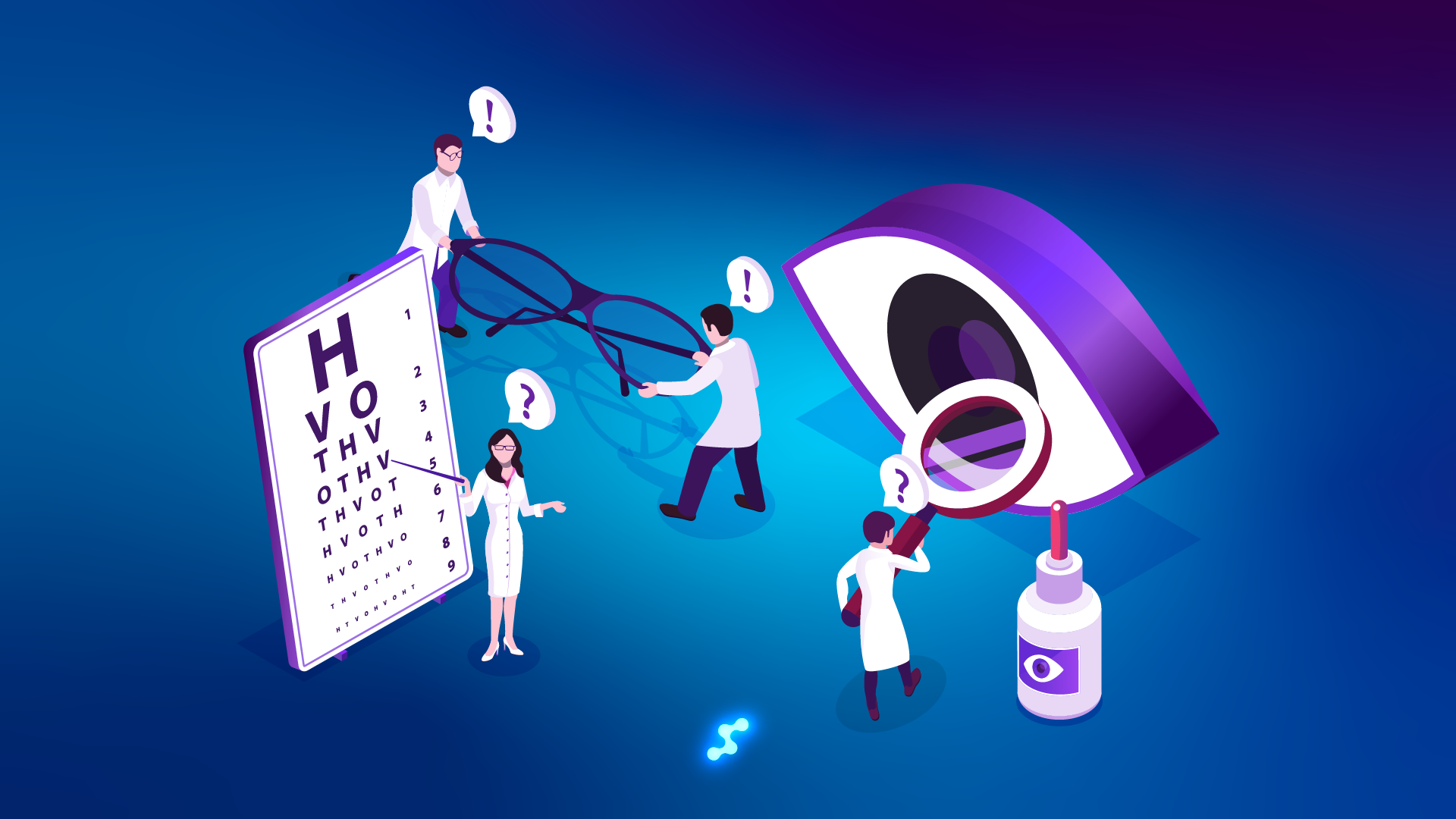Do All 60+ Wear Glasses? The Truth May Surprise You
Walk into any family gathering, community event, or local café, and you might expect to see a sea of reading glasses perched on noses or tucked into shirt pockets. After all, presbyopia-the gradual loss of near vision that affects virtually everyone past middle age-is almost universal. Yet, look closer, and you’ll notice a surprising number of older adults without any visible vision correction at all. Are they blessed with exceptional eyesight, or is there more to the story?
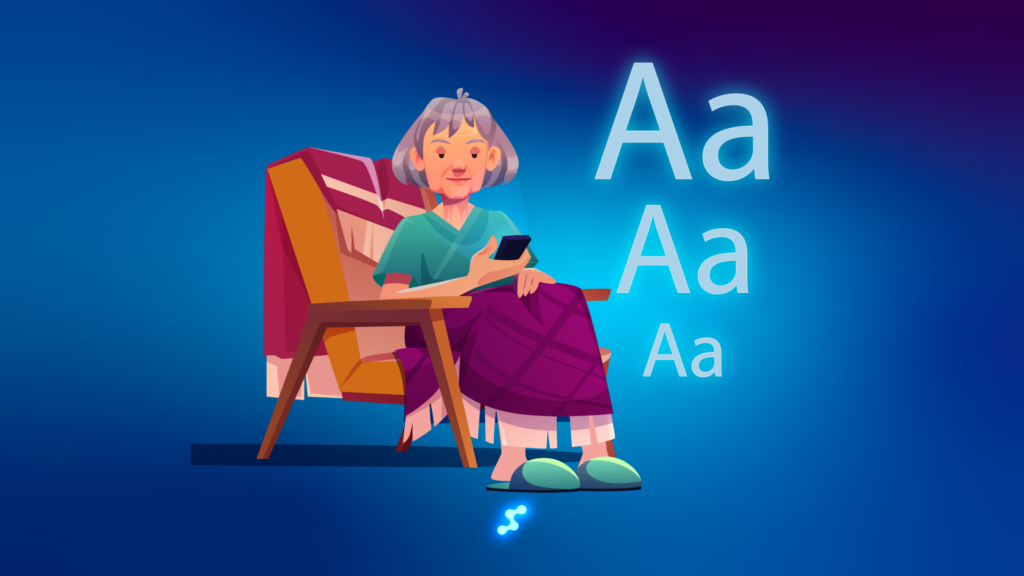
Why Nearly Every Older Adult Needs Vision Correction
Presbyopia is a natural part of aging, and by the time most people reach their early forties, the eye’s lens becomes less flexible, making it harder to focus on close objects. This change accelerates with age, and by the time someone is in their sixties, the vast majority need some form of vision assistance-be it reading glasses, bifocals, progressive lenses, or contact lenses. According to leading optometrists, over 90% of adults aged 65 and older require corrective lenses for reading or distance tasks. So, why do so many go without?
7-day free trial
Got Any Questions? Let us know in the Contact Us form below.
Hidden Vision Correction: Not All Solutions Are Visible
One reason you might not see glasses everywhere is that many older adults use them only for specific tasks. Reading glasses are often left in handbags, glove compartments, or by the bedside table-used only when absolutely necessary. Others rely on contact lenses, multifocal implants after cataract surgery, or even magnifying apps on their smartphones. The absence of visible eyewear doesn’t always mean perfect vision. Some have adopted blue light blocking glasses for digital eye strain solutions, while others may use progressive lenses or affordable designer glasses for occasional tasks.
Denial, Adaptation, and Unawareness
For some, the changes in vision are so gradual that they adapt without realizing it. Holding menus at arm’s length, increasing font sizes on devices, or avoiding activities that require sharp near vision become second nature. Denial can also play a role; admitting the need for glasses is, for some, an unwelcome reminder of aging. Optometrists and eye doctors often encounter patients who have never had a comprehensive eye exam. Many are unaware of how much their vision has declined or how much better their quality of life could be with the right correction.
Barriers: Cost, Access, and Stigma
While glasses are more affordable and accessible than ever, cost remains a barrier for some-especially those without vision insurance or living on a fixed income. For others, limited mobility or lack of nearby optician services can make regular eye exams challenging. In some communities, access to an “optometrist near me” or “eye doctor appointment” may be limited, especially for those who don’t drive or live in rural areas.
Though glasses have become a fashion statement for many, a lingering stigma persists. Some still associate eyewear with frailty or aging and avoid it for reasons of vanity or self-image. This is less common today, but it can still influence personal choices, especially among those who grew up when glasses were less accepted. For these individuals, boutique eyewear or stylish frames may help, but old perceptions can be hard to shake.
The Risks of Going Without Glasses
Choosing to forgo vision correction isn’t just a cosmetic decision. Unaddressed vision problems in older adults are linked to a higher risk of falls, car accidents, medication errors, and even cognitive decline. Reading difficulties can lead to social withdrawal, frustration, and a loss of independence. Regular eye exams do more than just update a prescription-they’re vital for detecting early signs of conditions like glaucoma, macular degeneration, and diabetic retinopathy, which can be managed more effectively when caught early.
How Optometrists, Eye Doctors, and Opticians Can Help
1. Proactive Patient Communication
Eye care professionals should initiate conversations about presbyopia and age-related vision changes before patients experience significant issues. Use your website, blog, and in-practice materials to explain the importance of regular eye exams, the risks of uncorrected vision, and the benefits of modern eyewear.
SEO tip: Use terms like “children’s eye exams,” “eye health tips,” and “optician services” to attract patients searching for information on eye care for all ages.
2. Address Barriers Directly
Offer a range of price points, flexible payment options, and information about insurance coverage. Consider community outreach, mobile optometry services, or partnerships to reach those with limited access. Make it easy for patients to book appointments online and provide reminders for annual eye exams.
SEO tip: Optimize your website for keywords like “online eye exam booking,” “affordable designer glasses,” and “optical store marketing” to capture local and digital traffic.
3. Normalize and Celebrate Eyewear
Showcase diverse customers and staff proudly wearing glasses. Highlight the fashion, comfort, and practical benefits of modern frames. Use social media platforms to share before-and-after transformations, frame-fitting tips, and behind-the-scenes clips of your practice.
SEO tip: Target “eyewear trends 2025,” “boutique eyewear,” and “optical store social media” to attract style-conscious and tech-savvy patients
4. Emphasize the Health Benefits
Educate patients about the link between good vision and overall well-being. Share eye health tips, digital eye strain solutions, and the importance of regular checkups for early detection of eye diseases.
SEO tip: Use keywords like “eye health tips,” “digital eye strain solutions,” and “progressive lenses” in your blog content and patient resources.
5. Leverage Technology
Implement optical store management software to streamline patient communication, appointment scheduling, and follow-up reminders. Offer virtual consultations, digital frame try-ons, and tele-optometry services to make eye care more accessible and convenient. Practice management systems like Glasson can help you manage your practice efficiently and keep your patients engaged-learn more at Glasson.app
6. Provide Personalized Solutions
Not all patients have the same needs or preferences. Offer a wide selection of frames, including lightweight, rimless, and stylish options. Provide personalized styling consultations and follow-up care to ensure patients are comfortable and confident in their eyewear choices. Use data-driven insights to recommend products and services that fit each patient’s lifestyle.

Overcoming Stigma and Encouraging Regular Eye Care
Community Engagement
Host workshops, free vision screenings, or educational events to raise awareness about the importance of eye health after 40. Partner with local organizations, senior centers, or health fairs to reach older adults who may not seek care on their own.
Patient Education
Create easy-to-understand guides and videos about getting used to new glasses, the benefits of progressive lenses, and how to choose frames for different face shapes. Address common concerns about comfort, style, and cost.
Positive Reinforcement
Encourage patients to share their success stories and testimonials. Feature real customers in your marketing materials and on your website. Highlight the confidence and independence that comes with clear vision.
The Power of Reviews and Word-of-Mouth
Encourage satisfied patients to leave reviews on Google, Facebook, and other platforms using keywords like “optician near me,” “eye doctor appointment,” and “eyewear store.” Respond promptly to feedback and use positive reviews to build trust and attract new patients. A strong reputation for patient care and expertise can help overcome barriers and encourage more adults to prioritize their vision health.
The Role of Modern Eyewear in Patient Confidence
Today’s eyewear options are a far cry from the thick, utilitarian frames of decades past. Lightweight materials, stylish designs, and advanced lens technologies make glasses more comfortable and attractive than ever. Many optical practices now offer frame styling consultations, helping clients find looks that boost confidence and express personality. For those hesitant about appearance, anti-reflective coatings, rimless frames, and discreet reading glasses provide subtle solutions. For the tech-savvy, progressive lenses and blue light filters offer all-in-one convenience for modern lifestyles.
Making Eye Care Accessible for All
Opticians, optometrists, and eyewear store owners have a unique opportunity to bridge the gap between need and action. By offering online appointment booking, virtual consultations, and flexible payment plans, you can make eye care accessible to more people. Use modern practice management tools to keep your patient communications seamless and your operations efficient. Glasson’s solutions for optical practices can help you streamline every aspect of your business-discover more at Glasson.app.
Want to see Glasson's full potential?
Book a presentation
Conclusion: Seeing Beyond the Surface
If you think everyone over 60 wears glasses, think again. The truth is more complicated-and more revealing. Behind every pair of bare eyes is a story: of adaptation, denial, barriers, or simply a lack of information. As an eye care professional, you have the tools to change that story-one clear, confident customer at a time.
Prioritize patient education, embrace new technologies, and make eye care accessible and stigma-free for every age. Help your community see the possibilities and enjoy life with the best possible vision.
For more resources on improving patient engagement, boosting optical business growth, and streamlining your practice, explore the advantages of modern optical management at Glasson.app.
 English
English  Polski
Polski  Čeština
Čeština  Deutsch
Deutsch  Español
Español  Français
Français  Ελληνικά
Ελληνικά  Hrvatski
Hrvatski  Italiano
Italiano  Lietuviškai
Lietuviškai  Magyar
Magyar  Nederlands
Nederlands  Português
Português  Română
Română  Slovenčina
Slovenčina  Svenska
Svenska  Türkçe
Türkçe  Русский
Русский 
